Coronavirus: countries that will see their economies recover quickest
Coming back from COVID-19
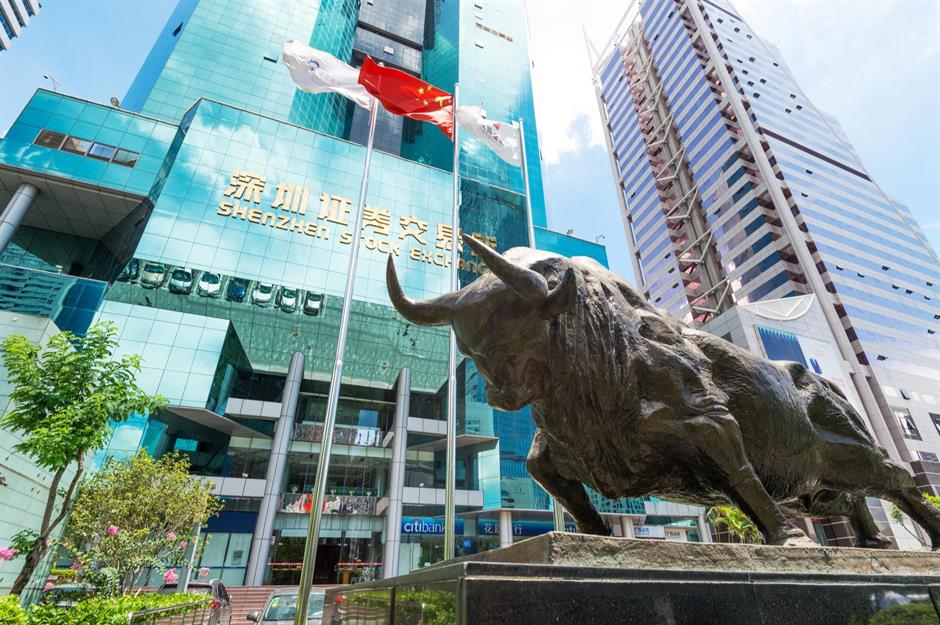
Now that many countries have slowed the spread of coronavirus, the focus has switched to getting economies moving again. Lockdowns across the world have negatively impacted many industries and, even though most have started up again, the damage has been done and countries are in recession. But just as countries have been affected differently by the pandemic, the rate at which their economies could recover will vary widely too. Combining projections for GDP change in 2020 and 2021 from the IMF World Economic Outlook, which provides data for 30 countries that make up 83% of global output, click or scroll through as we rank the nations that will be fastest to recover.
30. Spain
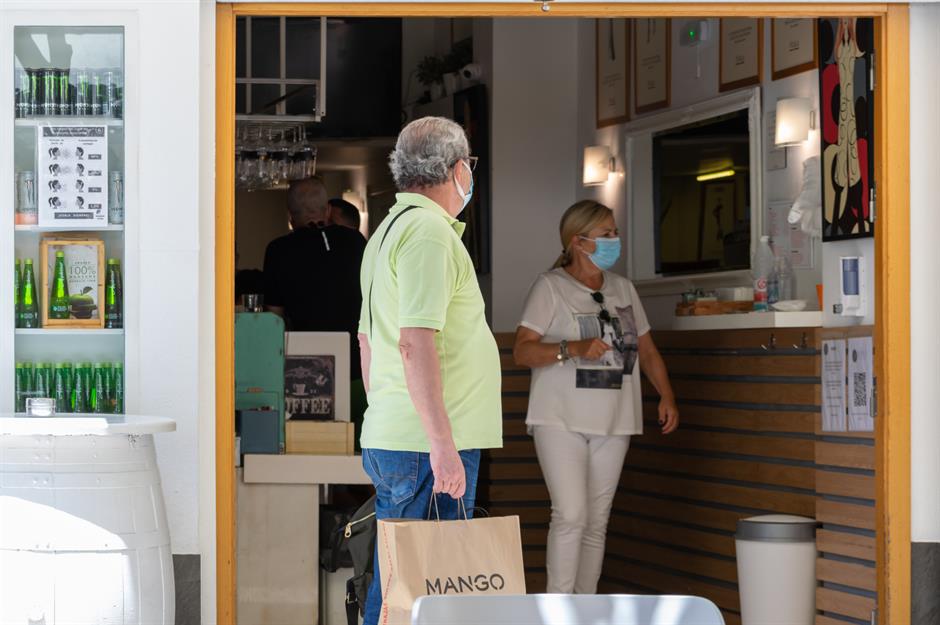
Joint 27. Thailand
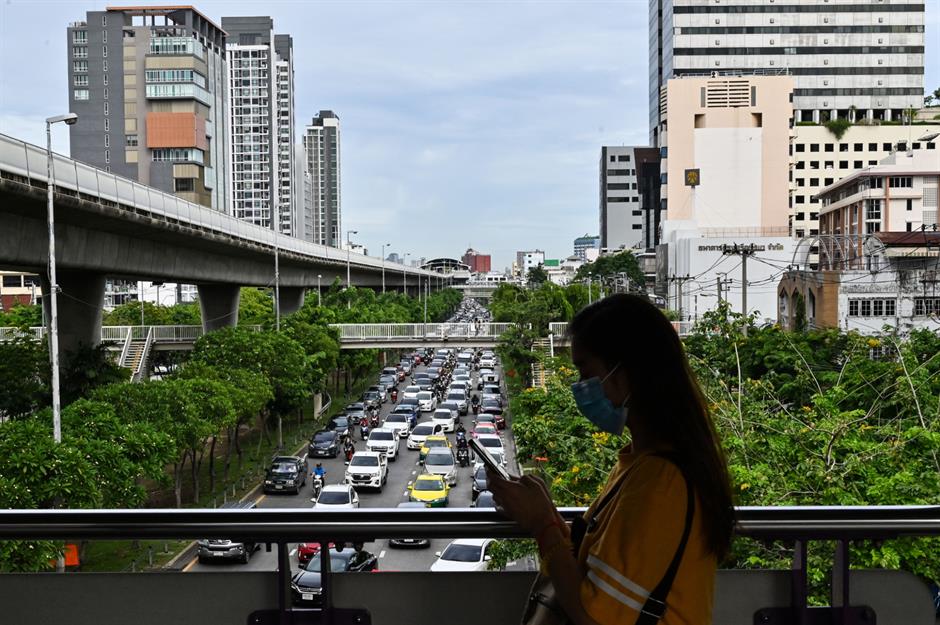
Thailand’s economy is heavily reliant on tourism so it may come as little surprise that it’ll be slow to recover, with the IMF predicting a 7.7% GDP decline for 2020, followed by a comparatively low growth rate of 2.4% for 2021. That’s despite the fact that the country had a low death toll of 58 at the time of writing. According to the Bank of Thailand, up to two million people may lose their jobs this year.
Joint 27. UK

According to a bleak prediction from the OECD, the UK economy is likely to be the worst affected by coronavirus out of any country in the developed world, with a projected 11.5% GDP decline for 2020. However, the IMF’s forecast is more conservative, predicting a 10.2% GDP decline for this year and 3.6% increase for 2021, yet things still aren’t looking rosy. The nation is heavily dependent on the service sector, which includes financial services, tourism and hospitality and contributes to 75% of GDP, and has been devastated by a nationwide lockdown.
Joint 27. Mexico
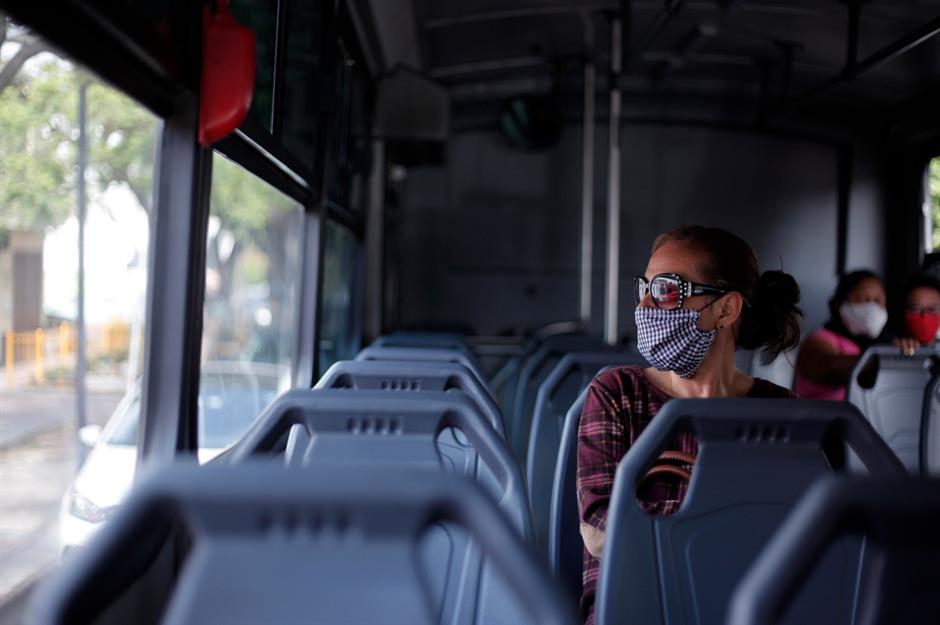
Joining the UK and Thailand in 27th place is Mexico. Hit hard by the impacts of coronavirus, the peso lost about 25% of its value against the US dollar between March and April. With the IMF predicting a 10.5% GDP contraction for the year, followed by an increase of 3.9% in 2021, the effects of COVID-19 will be felt for some time. The country has been heavily affected by the closure of the US border, shutting off vital tourism, as well as the hit to manufacturing industries, with many international companies putting their production at local factories on hold.
26. Brazil
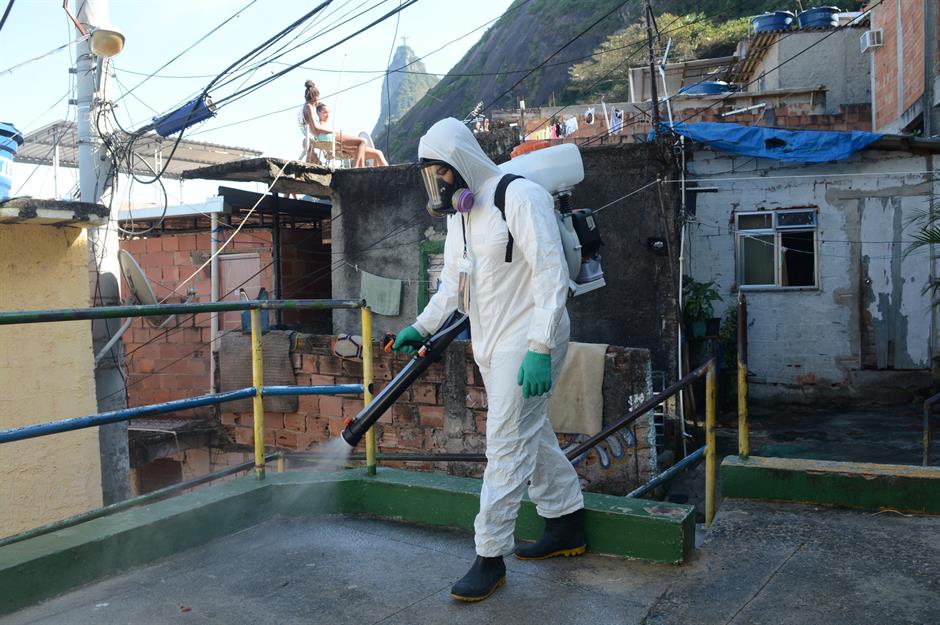
The handling of the coronavirus crisis by Brazil’s president Jair Bolsonaro has drawn much criticism, and the country has the second-highest death toll from the virus after the US. The majority of the population cannot work from home and around half of the workforce is employed in the informal sector, earning just a few hundred dollars a month. This is likely to result in a spike in poverty and a potential hunger crisis. According to the IMF, the economy will contract by 9.1% in 2020 and grow by 3.5% next year, but these figures could well get worse.
Joint 24. Saudi Arabia
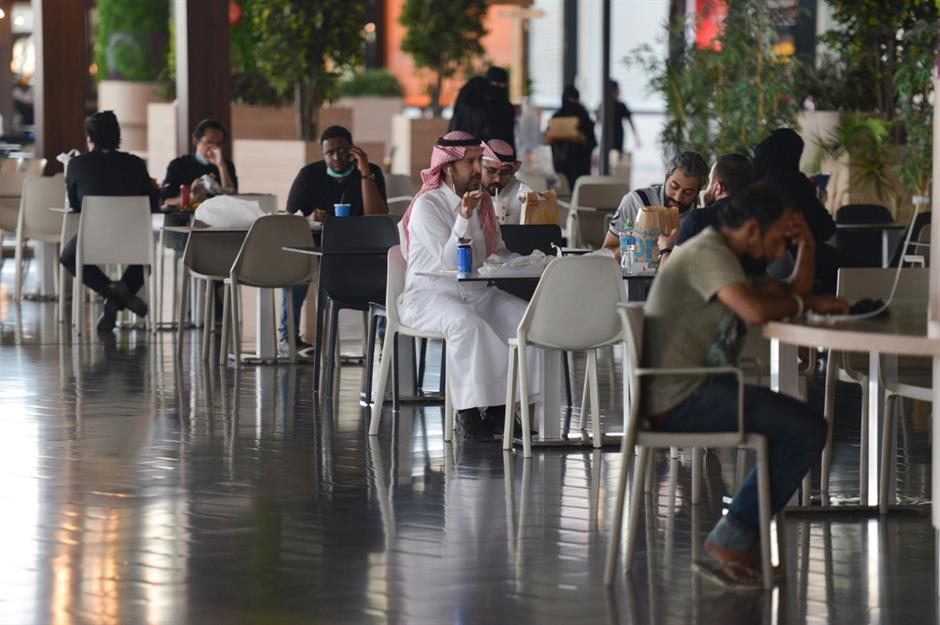
Coronavirus has driven oil prices down worldwide, culminating in the historic fall below zero on 20 April. This is bad news for Saudi Arabia, a country which generates 60% of its revenue from oil. In order to stimulate growth and diversify the economy, Saudi Arabia has created a $4 billion (£3.2bn) tourism development fund to develop the sector, although with GDP predicted to contract by 6.8% this year, followed by a meagre 2.6% increase in 2021, the road to recovery could be slow.
Now read about why oil and gas-rich countries need to change
Joint 24. South Africa
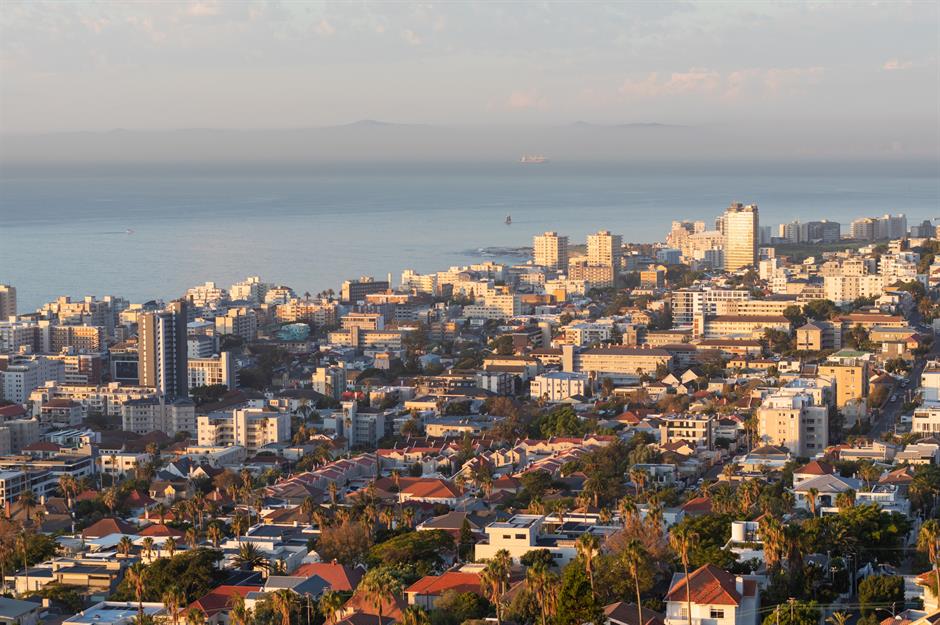
The IMF predicts a steep 8% contraction to South Africa’s GDP this year, followed by 3.1% growth next year, which puts the country in joint 24th place in our rankings. The export-reliant country has been badly affected by reduced global demand for products, with Finance Minister Tito Mboweni warning that the country would experience its worst economic contraction in 90 years. The country has recently eased lockdown restrictions, hoping to revive the tourism industry in time for the start of the season in September.
23. Netherlands

22. Malaysia

Malaysia is southeast Asia’s third largest economy and is expected to contract by 3.8% this year, largely fuelled by low demand for exports and tourism. However it will be slow to bounce back, with the IMF predicting just 1% GDP growth in 2021. At the beginning of June, Prime Minister Tan Sri Muhyiddin Yassin announced a RM35 billion ($8.2bn/£6.6bn) stimulus package aiming to get the economy back on track, with measures including wage subsidies, hiring incentives and cash injections for small and medium-sized tourism businesses.
Now read about how government COVID-19 cash handouts compare around the world
Joint 20. Germany

Germany may have avoided the extremely high death tolls of some of its European neighbours, yet the export-reliant nation's economy has undoubtedly suffered. Manufacturing has been hit particularly hard with industrial production 25.3% lower in April than in the same month last year. Although the IMF projects a steep GDP decline of 7.8% this year, it’s predicted to grow by 4.5% in 2021.
Joint 20. US
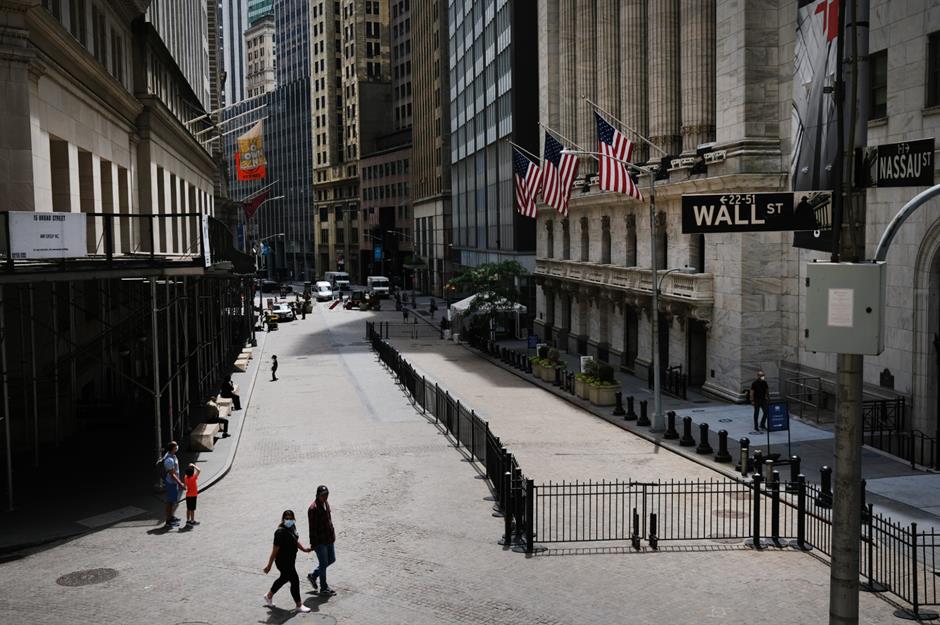
The IMF’s projections for a GDP decline of 8% is a little more severe than the 6.5% predicted by the US Federal Reserve. Nonetheless, the outlook is gloomy. In April, the unemployment rate reached 14.7%, which is the highest rate since the Great Depression, while recent virus outbreaks have slowed economic growth and cast a shadow over hopes of a V-shaped economic recovery, where the economy quickly bounces back from recession. It’s possible that a U-shaped recovery is more likely, where the economy tanks for several quarters before picking back up again. The IMF forecasts 4.9% GDP growth in 2021.
Now read about the 10 most severe recessions of all time
19. India
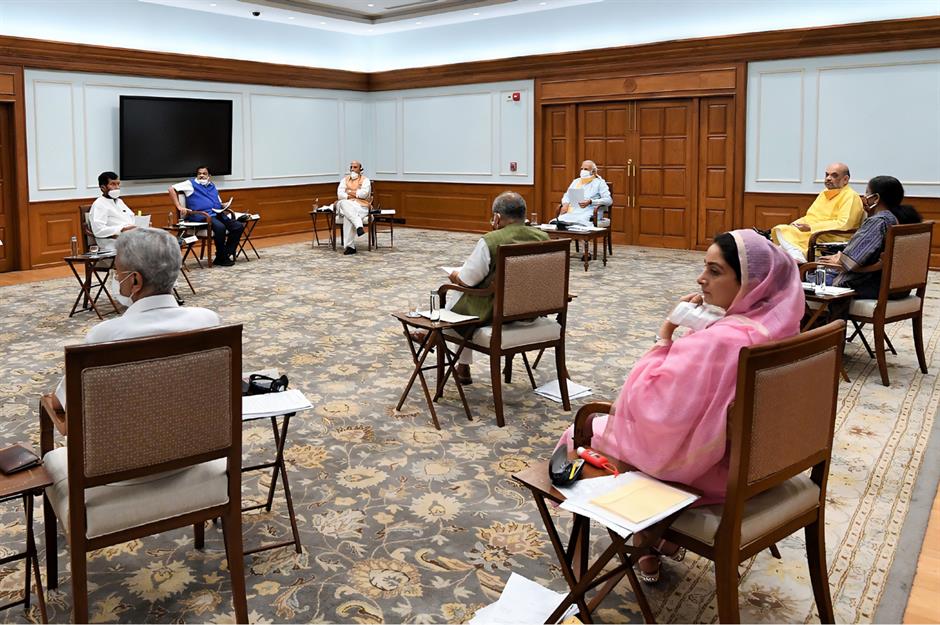
India is in 19th place on our rankings with GDP set to contract by 4.5% in 2020 and grow by 3% in 2021, leaving the economy smaller than it was before coronavirus. The number of cases in India recently passed half a million, and Delhi in particular has struggled to cope with the surge. At the start of June, the country began to come out of its two-month lockdown, although businesses are still affected by reduced demand, labour shortages, falling exports and social distancing rules, which are set to slow down recovery.
18. Italy
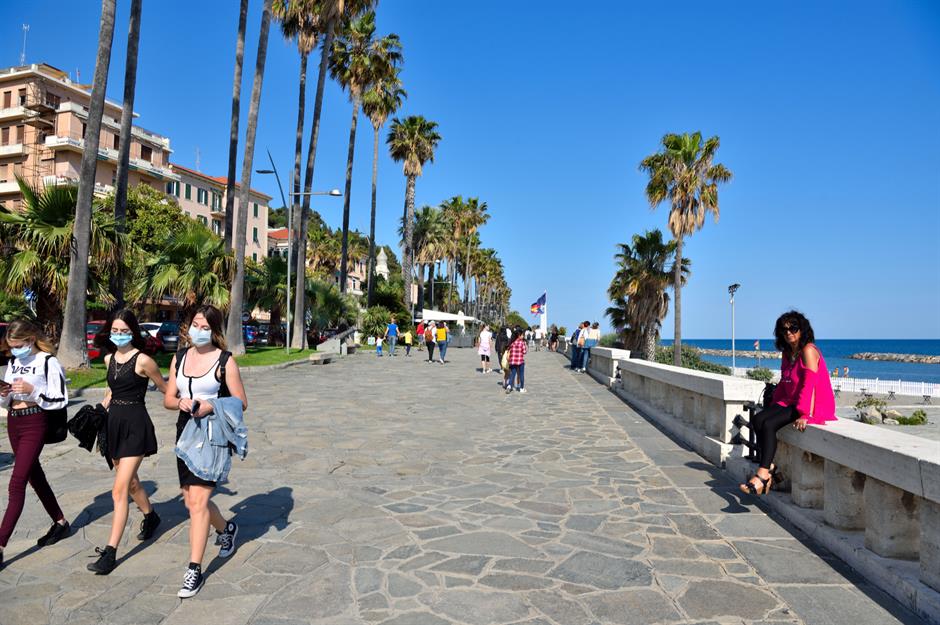
Italy was the first European country to record coronavirus cases and was among the hardest hit. To soften the economic blow of the country’s two-month lockdown, on 13 May Italian Prime Minister Giuseppe Conte announced a €55 billion ($62bn/£50bn) stimulus package which includes corporate tax breaks for small companies, extended unemployment benefits and support for the tourism industry. With GDP set to shrink by 12.8% in 2020 followed by 6.3% growth in 2021, economic recovery could be bumpy, especially given that the country's debt-to-GDP ratio is predicted to rise to 155.7%, according to government figures.
Joint 15. Indonesia

Indonesia’s economy is set to shrink by just 0.3% this year – a far less severe rate than most other countries on our rankings – yet growth will be sluggish at just 2% in 2021, leading some economists to predict the country will experience a U-shaped recovery. Low-income households will be hit hardest and put at risk of falling into poverty, according to an OECD report, which also stressed that recovery would be far slower in the event of a second wave.
Joint 15. Philippines

Joint 15. France
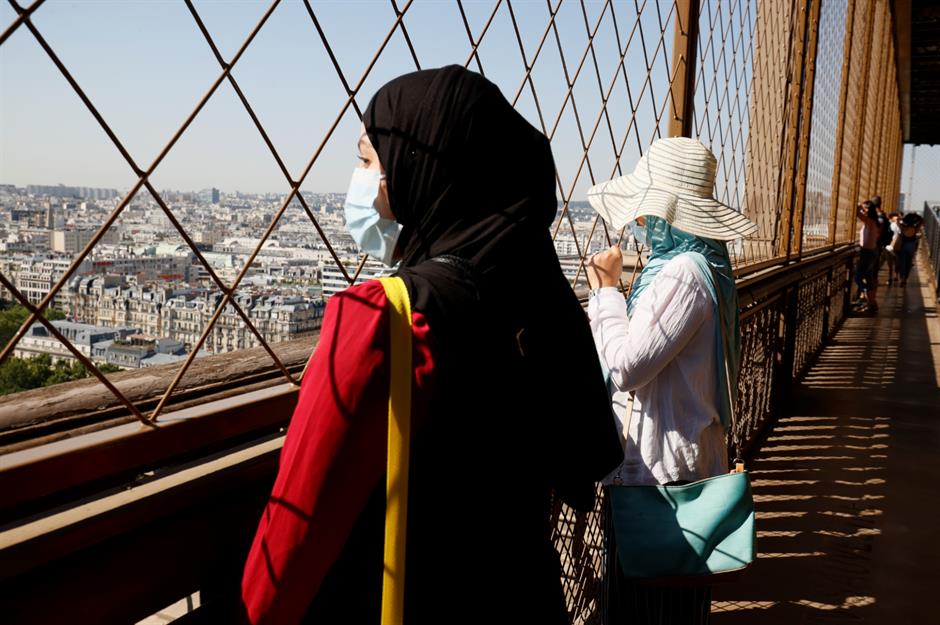
There are early indications that France could bounce back quicker than its European neighbours. In June, the French economy grew for the first time since February. The country’s Purchasing Managers' Index – which records manufacturing and service-related activities – went from 32.1 in May to 51.3 in June, with readings above 50 indicating growth. However, other outlooks are less rosy: according to its Central Bank, the economy will not rebound to pre-coronavirus levels until 2022. The IMF predicts a drop of 12.5% in GDP this year, followed by growth of 6.3% in 2021.
14. Japan
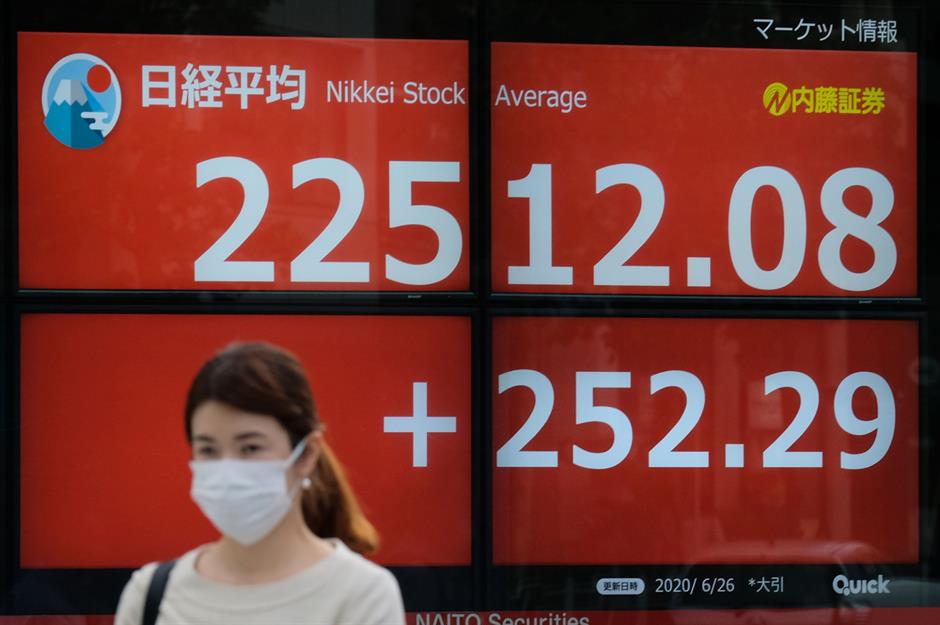
In 14th place is Japan, where GDP is expected to contract by 5.8% this year followed by 4.1% growth in 2021. Its Central Bank seems optimistic that the economy will return to growth in the latter half of this year, according to Reuters, in the belief that the economy reached its lowest point in mid-April or May when all businesses were closed. However with retail sales continuing to tumble as people remain reluctant to return to stores, economic recovery could be slower than predicted.
13. Poland
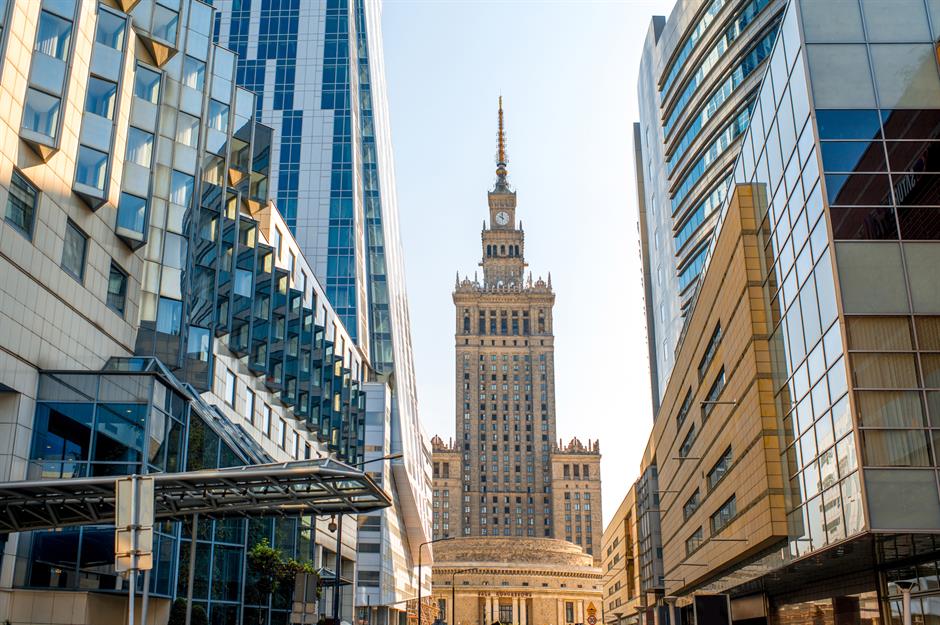
12. Turkey

Joint 9. Russia
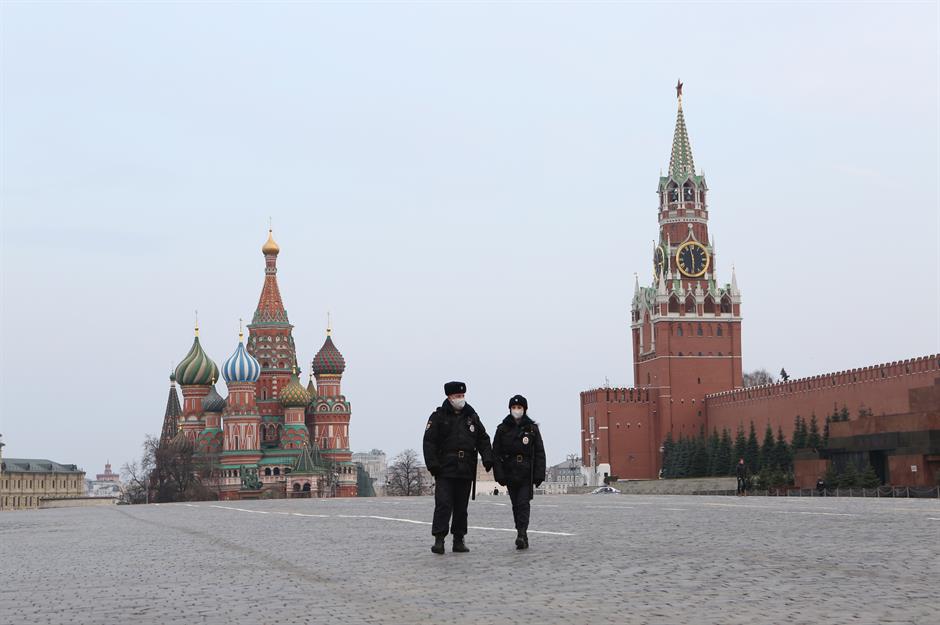
Russia is launching a 5 trillion ruble ($73bn/£58bn) recovery plan to revitalise its economy, which will aim to bring unemployment back down to 5% as well as supporting small- and medium-sized businesses. Oleg Zamulin, director of macroeconomic research at Sberbank, told the Moscow Times that recovery could resemble a “crooked V”, whereby the process to return to normal “could take several years”. GDP is projected to shrink by 6.6% in 2020 but rise by 5% in 2021.
Joint 9. Canada

Canada’s economy is predicted to contract by 8.4% this year before growing at a rate of 6.3% in 2021. The country’s retail sector, housing market and job market have been hit hard, but there appear to be silver linings. The tech sector, which has been growing rapidly in the past decade and now represents 5% of GDP, has shown resilience in the face of COVID-19. Meanwhile clean energy has been touted as a possible driver of economic recovery – the sector’s contribution to GDP is expected to grow by 3.4% per year in the next decade.
The world could run on 100% renewables. Once it solves this problem
Joint 9. Argentina
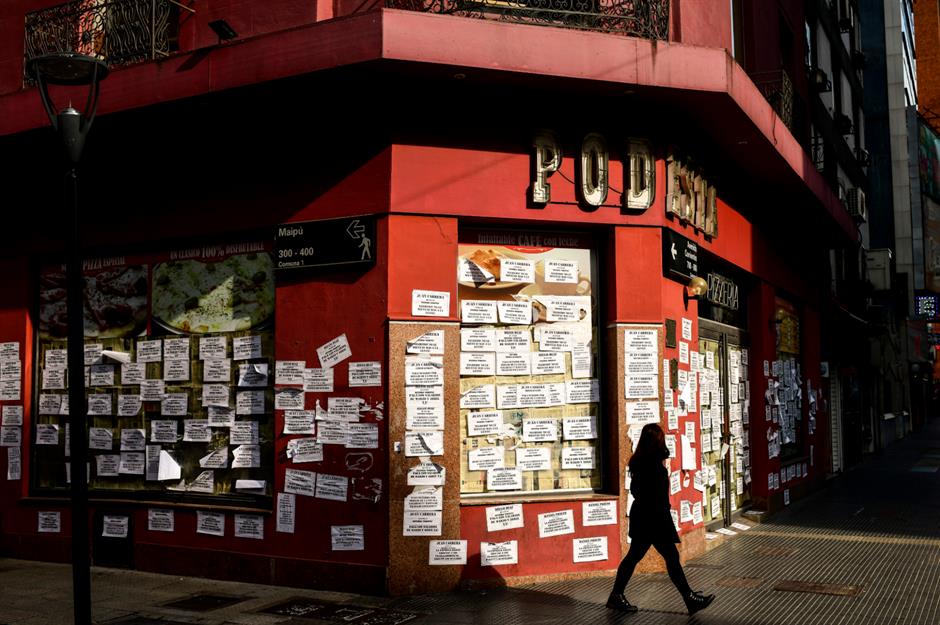
8. Iran

Iran’s economy has been hit by coronavirus, low oil prices and continued US sanctions, which mean that GDP is set to fall by 6% this year. However, local newspaper Al-Monitor reports that if it can contain government corruption and curtail sanctions, the country could see economic growth by 2021, and the IMF is predicting GDP annual growth of 5% next year.
7. Nigeria
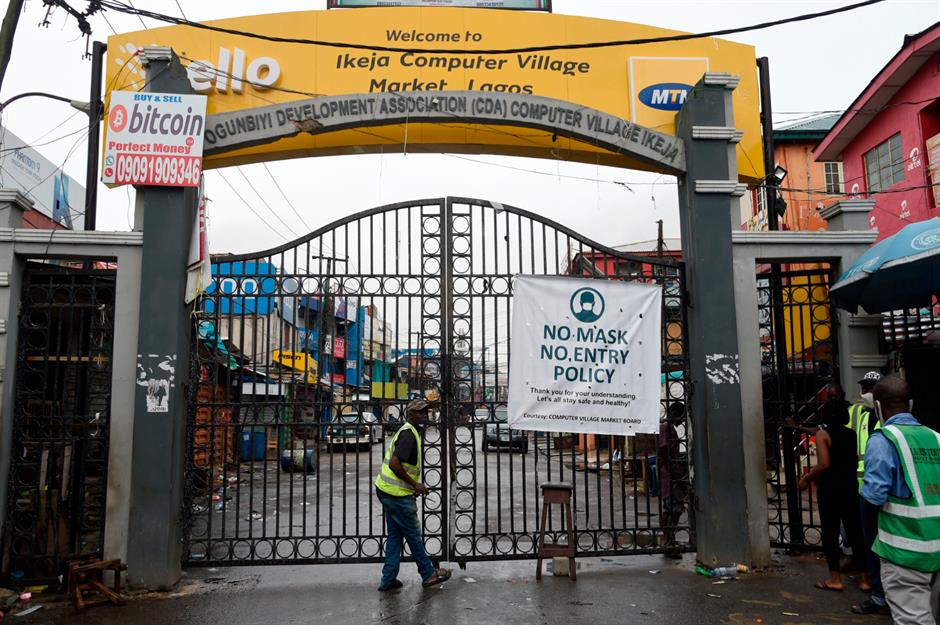
6. Australia

According to the IMF, Australia’s economy could be set to recover faster than other developed countries. The organisation predicts GDP will shrink by 4.5%, which is not far off the OECD’s forecast of a 5% contraction in 2020. But GDP is tipped to rebound by 5% in 2021, says the IMF.
5. Kazakhstan
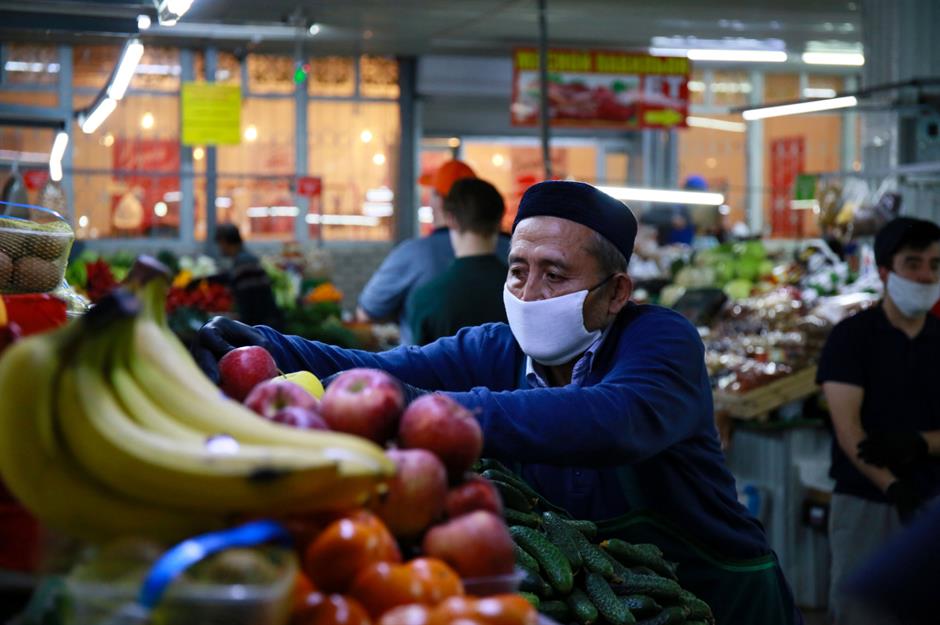
4. China

China is one of just two countries on our list predicted to see growth in 2020, albeit at a meagre rate of 1%, with further growth of 6.1% predicted in 2021. The country in which the virus originated has brought its manufacturing sector back to life after lockdown – industrial production surged twice as much as predicted in April, according to the National Bureau of Statistics. However, recent outbreaks in Beijing could scupper hopes of speedy recovery if the spread of the virus is not curtailed.
3. South Korea

2. Pakistan
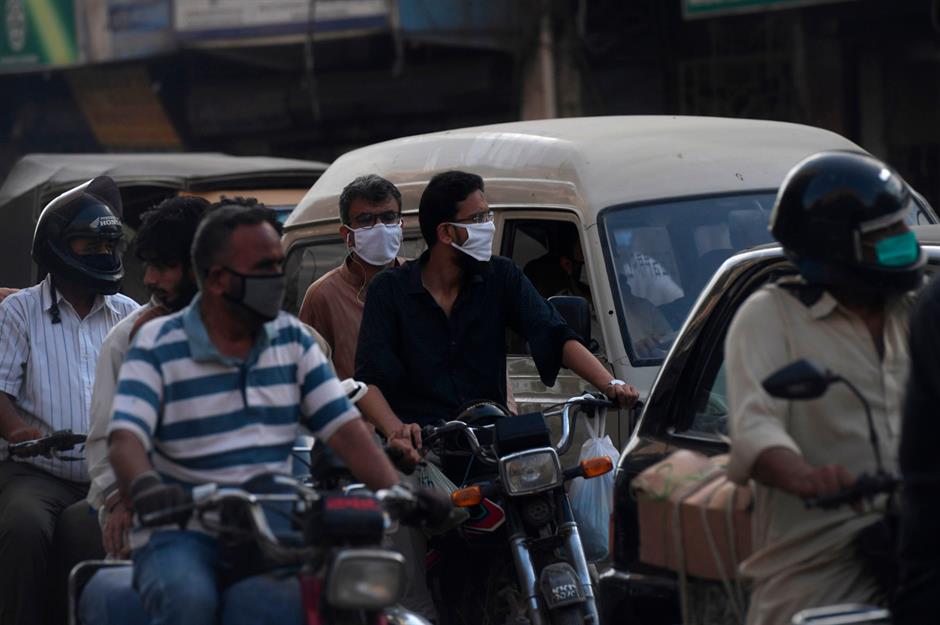
Pakistan had been on the road towards economic stability when COVID-19 swept through the country, yet despite the damage the government believes that a speedy V-shaped recovery could be on the cards. The drop in oil prices, which account for a quarter of Pakistan’s imports, has proven beneficial, while the Pakistani currency has been gaining in value against the dollar and the country has received unexpected financial support in the form of a $1.4 billion (£1.1bn) loan from the IMF. GDP is predicted to fall by just 0.4% this year, and then grow by 3% in 2021.
1. Egypt

Bucking the trend, Egypt’s economy is actually projected to grow by 2% in 2020, and by a further 8.2% in 2021, putting it at the top of our rankings. The country has avoided the worst economic effects thanks to the diversity of its economy, while it has also been praised for the use of an IMF-backed recovery plan, which included a number of social welfare measures. The rejuvenation of its vital tourism industry, which accounts for 11.9% of GDP, will be aided by reopening its borders from 1 July.
Now take a look at the 'new normal', creative ways businesses are reopening across the world
Comments
Be the first to comment
Do you want to comment on this article? You need to be signed in for this feature
Most Popular
Features How Michael Jackson's children boost their bank balances